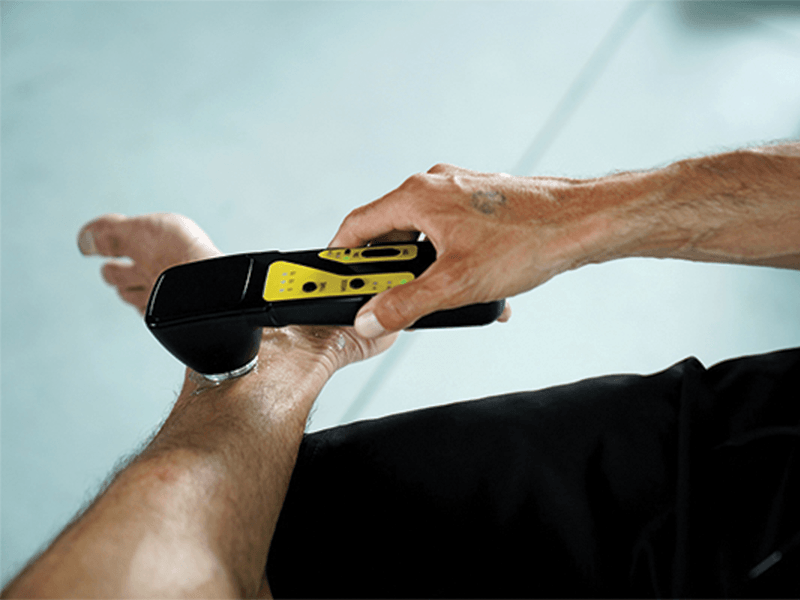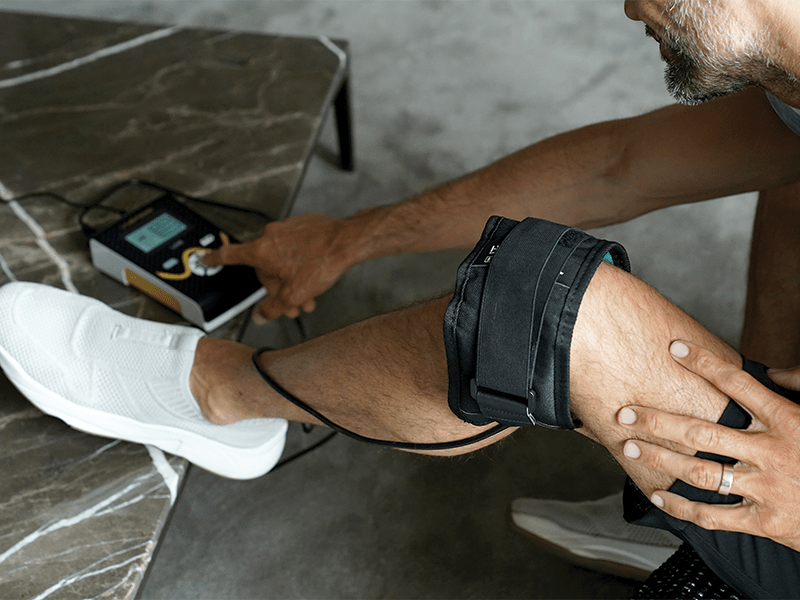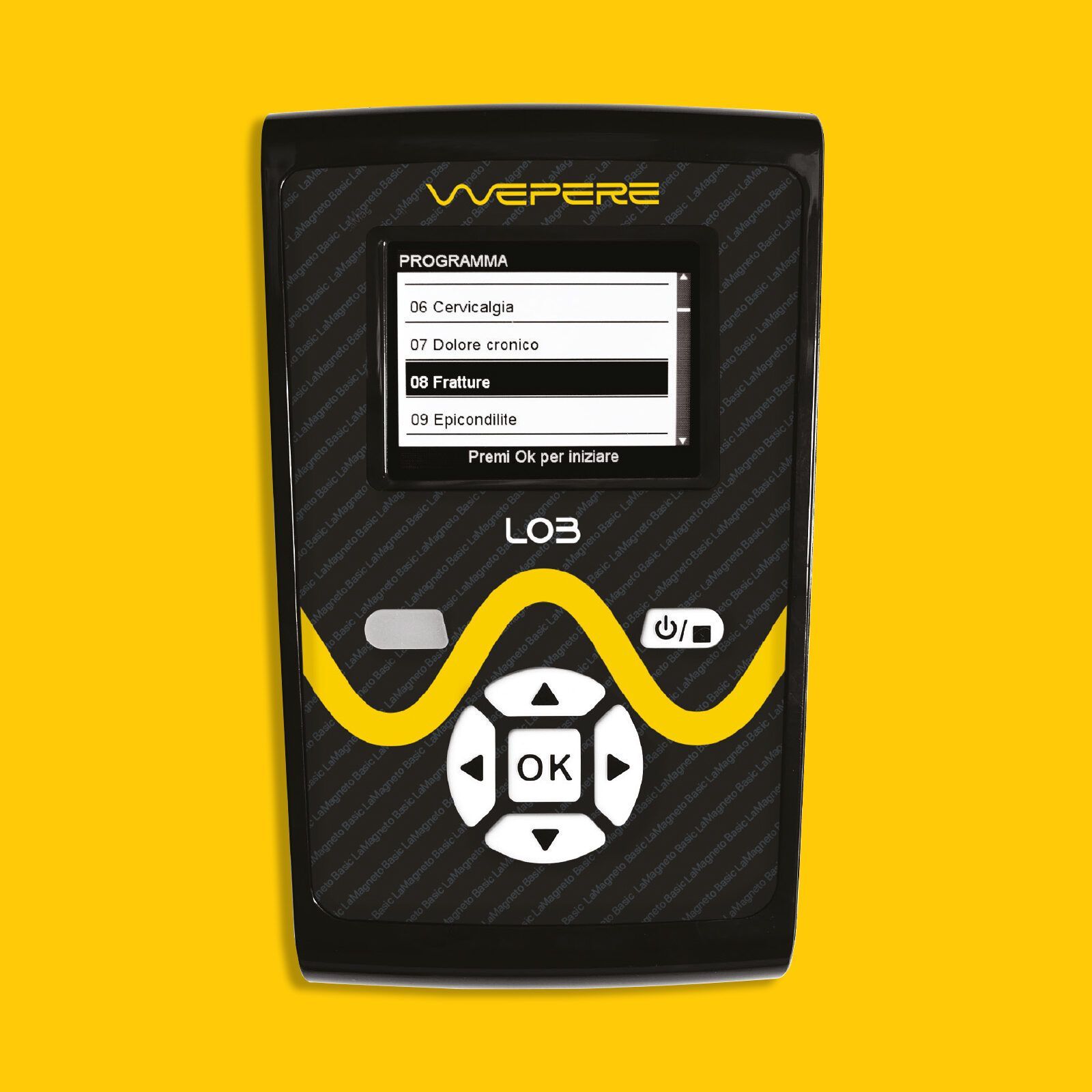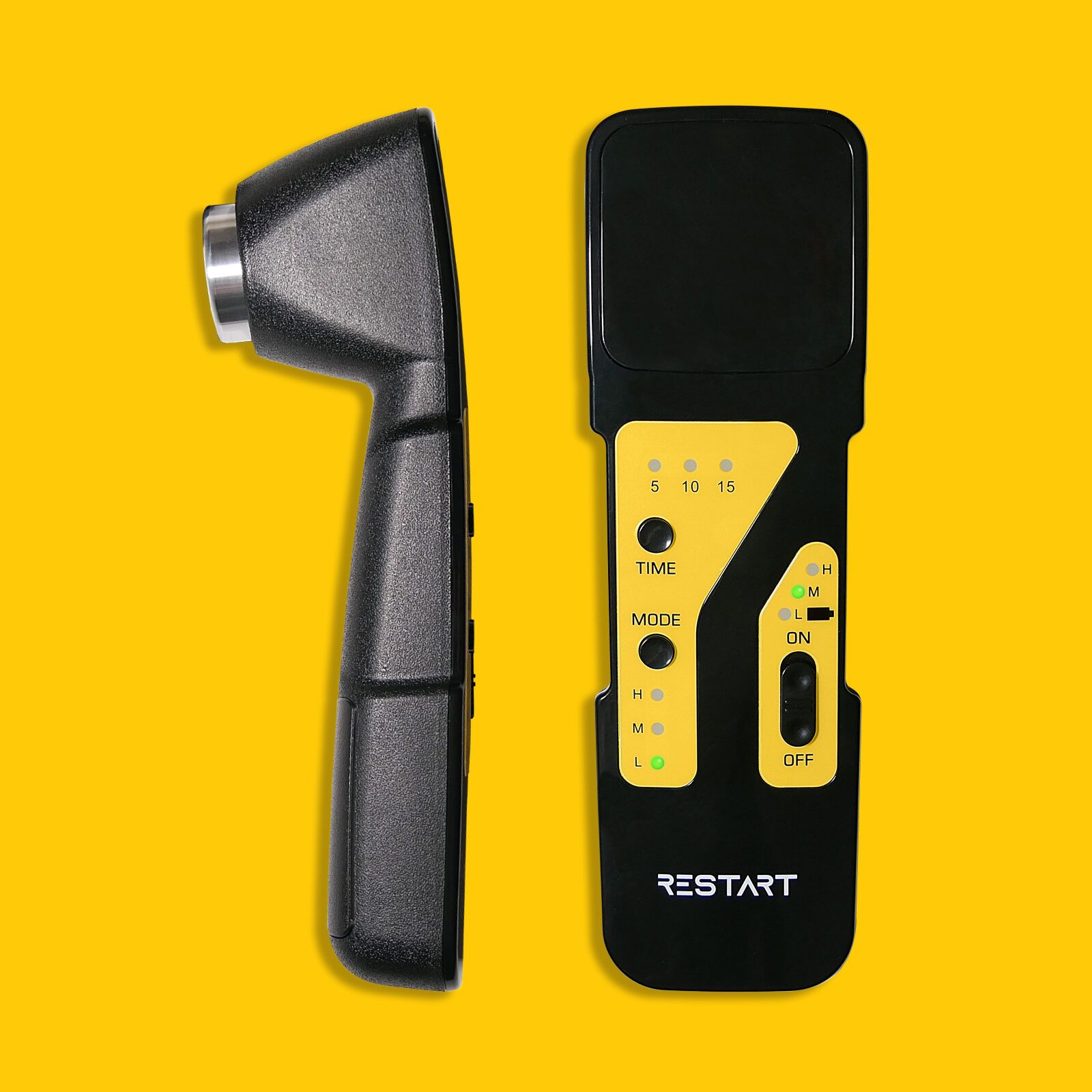Training management for an amateur triathlete is indeed complex. Knowing how to respect rest times, nourish yourself properly, and listen to the body’s constant signals is a crucial skill. These are all important details to know yourself, not only to improve sports performance but also for injury prevention.
Troubling numbers
The collected data is alarming. It appears that over 37% of amateur triathlon athletes are injured every year. Excessive stress on muscles, joints, and especially tendon structures are the main triggers. Tendinopathies have the highest incidence among the problems. Chronic tendinopathies caused by overuse have a sneaky start and are difficult to detect. They initially manifest as a small irritation that can gradually worsen, even becoming very disabling and chronic over time.
Problems and solutions

Running is undoubtedly the most problematic of the three disciplines and is responsible for the most injuries. In particular, the most affected districts are knee (with patellar tendinitis, iliotibial band syndrome, and pes anserinus syndrome), foot (with Achilles tendinopathy, plantar fasciitis, heel inflammation, Morton’s metatarsalgia, medial tibial stress syndrome, and stress fracture of the metatarsals and tibia), lumbar and hip area (characterized by tendinopathy of the middle buttock, acetabular lip injury, and stress fracture of the femoral neck or pelvis). The shoulder, which is particularly stressed during swimming, is prone to injuries and can suffer from issues, such as subacromial impingement, rotator cuff tendinopathy, and subacromial bursitis.
Our body is skilled in adapting to stimuli if we give it a chance. However, if we do not recognize the biological times of adaptation and recovery, it will not have the opportunity to adapt, heal, and therefore improve progressively.
Manage injuries as best as possible. A few "moves" are enough to regain shape and often avoid unpleasant stops.
The first warning signs
What are the initial signs of a tendon problem? For example, when an articulation is swollen or the tissues adjacent to it are sore from palpation, reddened, swollen or warm. If you feel pain at the beginning of a workout and this persists during or even after. Also, if you limp, even slightly, when walking or running, or if you are forced to constantly change your bike position to avoid pain. Other signs are the presence of numbness and tingling in the calves or feet, but also in the neck or radiated to the upper limbs, feeling of excessive stiffness, or limitation in some movements. And again, difficulties in falling asleep or having continuous recurrence due to pain. It is essential not to ignore these first alarm bells, reduce the training load, and do therapy treatments.
Three strategies to get better
Which are the most effective prevention and treatment strategies against tendinopathies?
- An excellent strategy for both prevention and treatment is to include weekly sessions in the gym in your workout routine, in which the exercises are emphasized in their eccentric component of movement. This type of exercise is the most used and a constantly effective treatment for tendinopathies, because it reduces pain, improves function, and prevents relapses. Turn to professionals who can initially guide you during the exercises, support you during the training session, and consequently help you reduce the load on the tendon.
- High-frequency ultrasounds and magnetotherapy are proven to be effective in both prevention and treatment of tendinopathies. The sound waves and magnetic field generated by these devices, going through the tissues, promote numerous beneficial effects: they relax the contracted muscles, help the absorption of subcutaneous fluids, promote microcirculation, relieve pain, and accelerate the resolution of inflammatory processes, facilitating and speeding up recovery. The use of drugs, such as corticosteroids, does not seem to be effective. Drugs are useful for short-term pain management, but not for its long-term resolution, with numerous side effects.
- However, prevention remains the best strategy. There is a link between injury and training hours in amateur triathletes: the athletes with the greatest likelihood of injury are those who have a too low or too high training volume (less than 8 or more than 15 hours per week). On average, 8-10 hours per week (5-6 hours of cycling and 3-4 hours of running) seem the right compromise. The amount of time devoted to swimming has no significant correlation with the risk of injury. Last but not least, the variety of training sessions. Diversifying distance, pace, and running surface (track or dirt, plain or hill) helps to ensure that the same tissues are not constantly stressed in the same way, helping to prevent overload.
ONE MORE PIECE OF ADVICE
It is essential to include and do, in the training program, a week of discharge every 2-3. This helps the body to regenerate, reduce fatigue, and prepare itself in an ideal situation to increase the load in the following weeks, maximizing fitness and performance. Therefore, it may be useful to plan treatment sessions with your trusted physiotherapist during these seven days.



